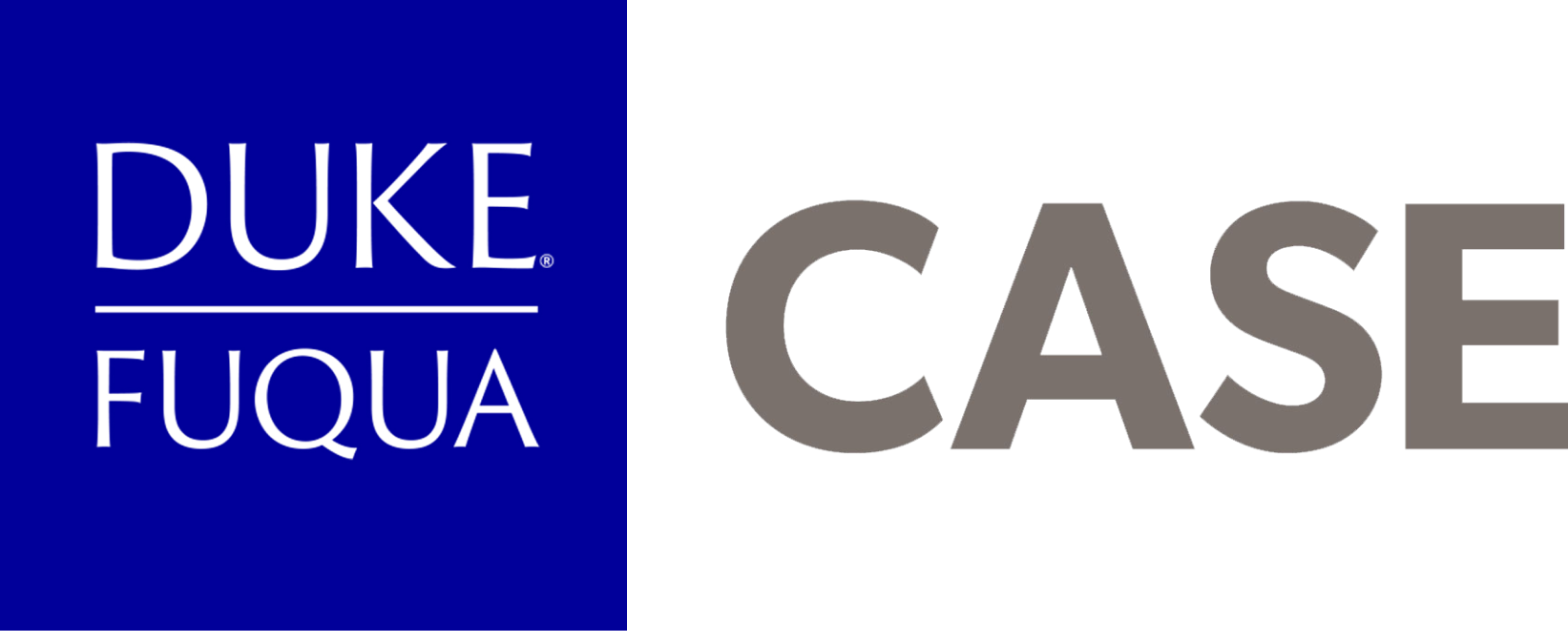This post was written by Matt Hendren, Duke MBA student, in January 2015.
We welcomed Mike Dorsey, CASE i3 Advisory Board member, to Fuqua in November as part of the CASE i3 Speaker Series. Mike is a venture capitalist who transitioned from his 20-year tenure as an investment banker into a serial co-founder of several highly successful impact funds. During Mike’s visit, he spoke to students about his work as the founder of the Bay Area Equity Fund (BAEF), a $75MM double bottom line venture capital fund which invested in firms such as SolarCity, Tesla, and Pandora. In addition to its social returns, the firm was very financially successful and achieved a 25.5% IRR.
His talk focused on the practical concerns of running an impact fund, and two main themes emerged: the nature of the relationship between impact investors and their portfolio firms, and the current and future landscape of investors in impact investing funds.
Relationship between investors and portfolio firms:
It can be difficult for minority investors to encourage investees to pursue socially impactful policies. The Bay Area Equity Fund found its way around this difficulty by selecting firms for which social value was at the core of both the founders’ ethics and their firms’ business models. These companies were described as having founders who were “impact committed” and were “people who care about this as much as we do.” This allowed BAEF to serve as a facilitator of additional social impact. BAEF helped investees maximize their social impact by liaising with community groups, or helping firms seek “green” certification for their products. This type of control is informal but, with appropriate screening, sufficient.
Traditional justifications for corporate social responsibility include lower energy bills as a result of environmentally friendly practices, or the public relations benefits that come from being a “good” corporate citizen. The firms selected by BAEF, however, have a different relationship with social value. To these firms, the social impact is fundamentally important to their value proposition and way of doing business. This feature makes the socially impactful part of the business inherently enduring. Mike cited the example of Tesla – if Tesla was acquired or taken public, would the company switch to building diesel cars? With an environmental mission built into the business model, the environmental impacts are likely to endure.
Current and future investors:
Half of the BAEF’s investment base came from banks motivated by the Community Reinvestment Act (CRA), which requires all banks receiving FDIC protection provide lending in low and moderate-income communities. This lending has traditionally been done by making home mortgage loans, but has recently expanded in some cases to include investments in impact funds. Other investors in the fund included five foundations, high net-worth families, and one pension fund.
It is critical to note that all of these investors were seeking market-rate returns, and did not expect a decreased financial return to accompany a higher social return. However, Mike noted that some impact investors will be comfortable with below market rates of return, but that the tools to measure social return need further development. He reported on a series of conversations with wealth managers who described a need for more credible and accessible impact tools so the managers feel equipped to conduct both financial and social analysis on behalf of their clients.
I left Mike’s talk with two key impressions. First, a social-impact focus can be immensely valuable for a firm. Second, there is much work to be done to create better metrics for impact evaluation, and to educate the investment community on how to use these new tools.
To watch a complete recording of Mike’s talk, click here.

